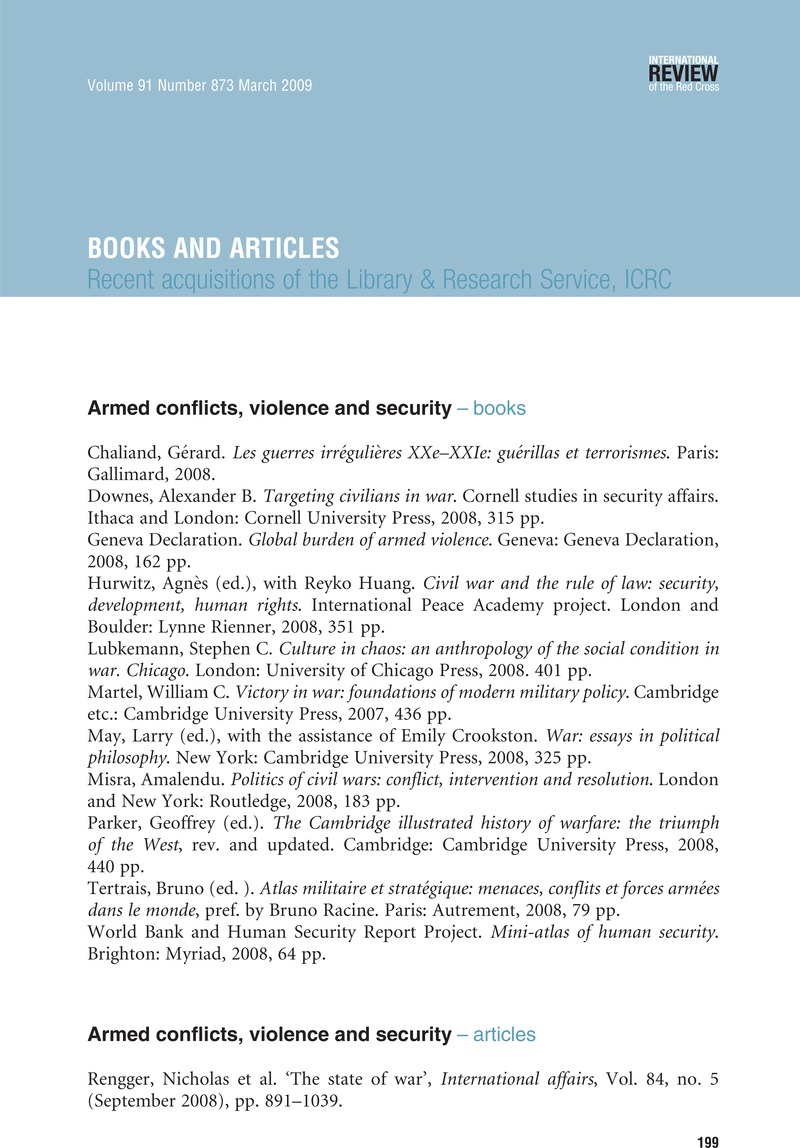Crossref Citations
This article has been cited by the following publications. This list is generated based on data provided by Crossref.
Keefe, Jeffrey
and
Bolton, Mathias
2012.
When Chickens Devoured Cows: The Collapse of National Bargaining in the Red Meat Industry and Union Rebuilding in the Meat and Poultry Industry.
SSRN Electronic Journal,





